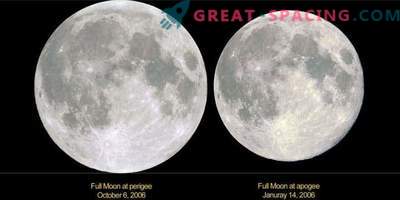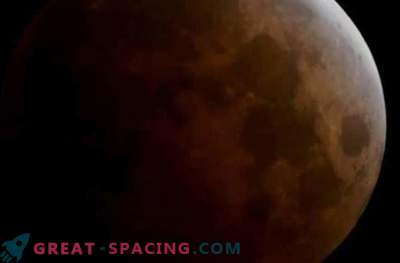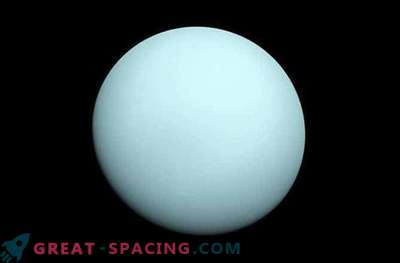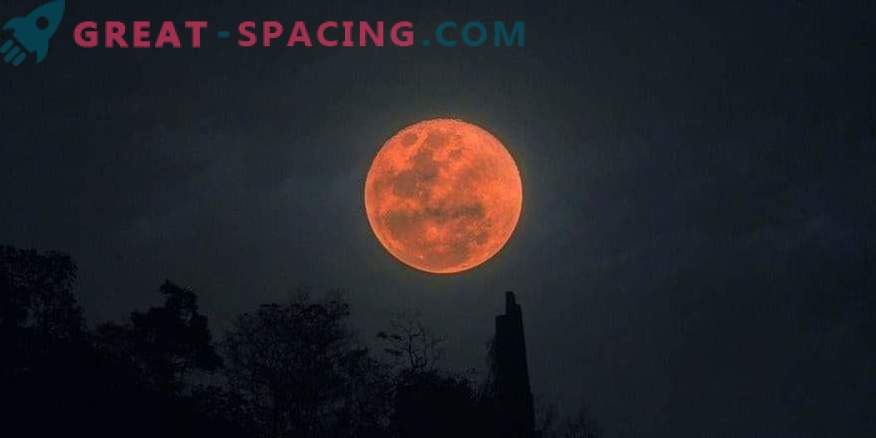
On the night of Monday there were successful celestial circumstances that demonstrated interesting transformations of the moon. The inhabitants of Europe, Africa and America could admire the super-moon, eclipse and reddish surface of the earth's satellite.
On the streets of Mexico City, Los Angeles and Paris, as well as the Moroccan desert, observers watched the sky, so as not to miss the celestial show. The eclipse lasted about 3 hours. During the first hour, the full moon was consumed by the earth's shadow. Then the surface appeared, painted in shades of red, orange and pink.
The full moon seemed larger than usual, because the moon came closer to Earth. The distance was only 358000 km, creating a super-moon phenomenon. Also this moon is called wolf and bloody. At the peak it was possible to observe the bright glow of Venus and Jupiter. Londoners are not lucky because of the cloudy sky.
Why red?
During a lunar eclipse, the satellite appears to be red, because the Sun no longer directly illuminates the surface of the Moon, because the Earth passes between them. Color is created by Rayleigh scattering: the blue light of the sun is scattered from molecules in the earth's atmosphere. Red light is scattered by air much less frequently and is bent by the atmosphere of the planet in the process of refraction.
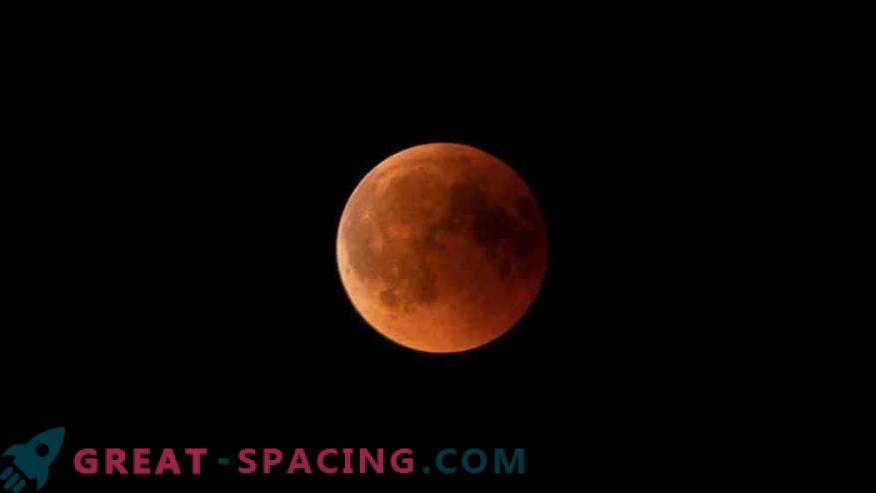
The Earth's shadow almost completely closes the view of the bloody super-moon during a total lunar eclipse.
The last eclipse of this decade.
Total or partial lunar eclipses form on average twice a year. However, they are not everywhere can be observed. The last time the Europeans watched the event of a total lunar eclipse in July 2018. The next chance will appear only in 2022, and for the whole continent - in 2029.


